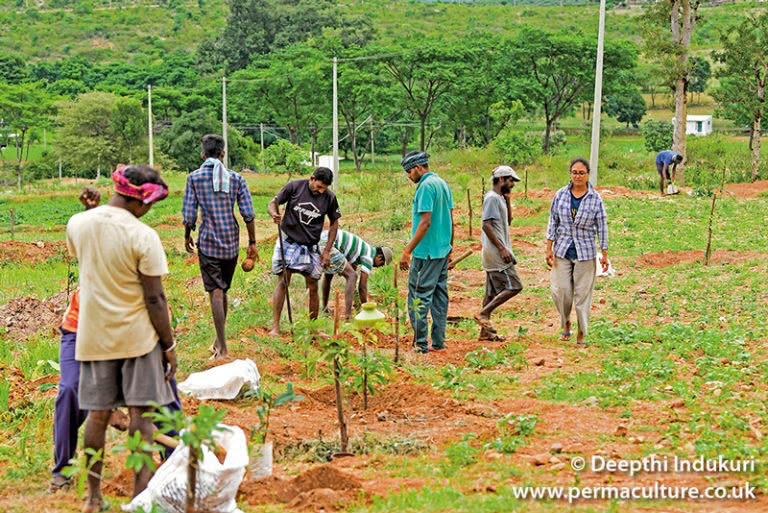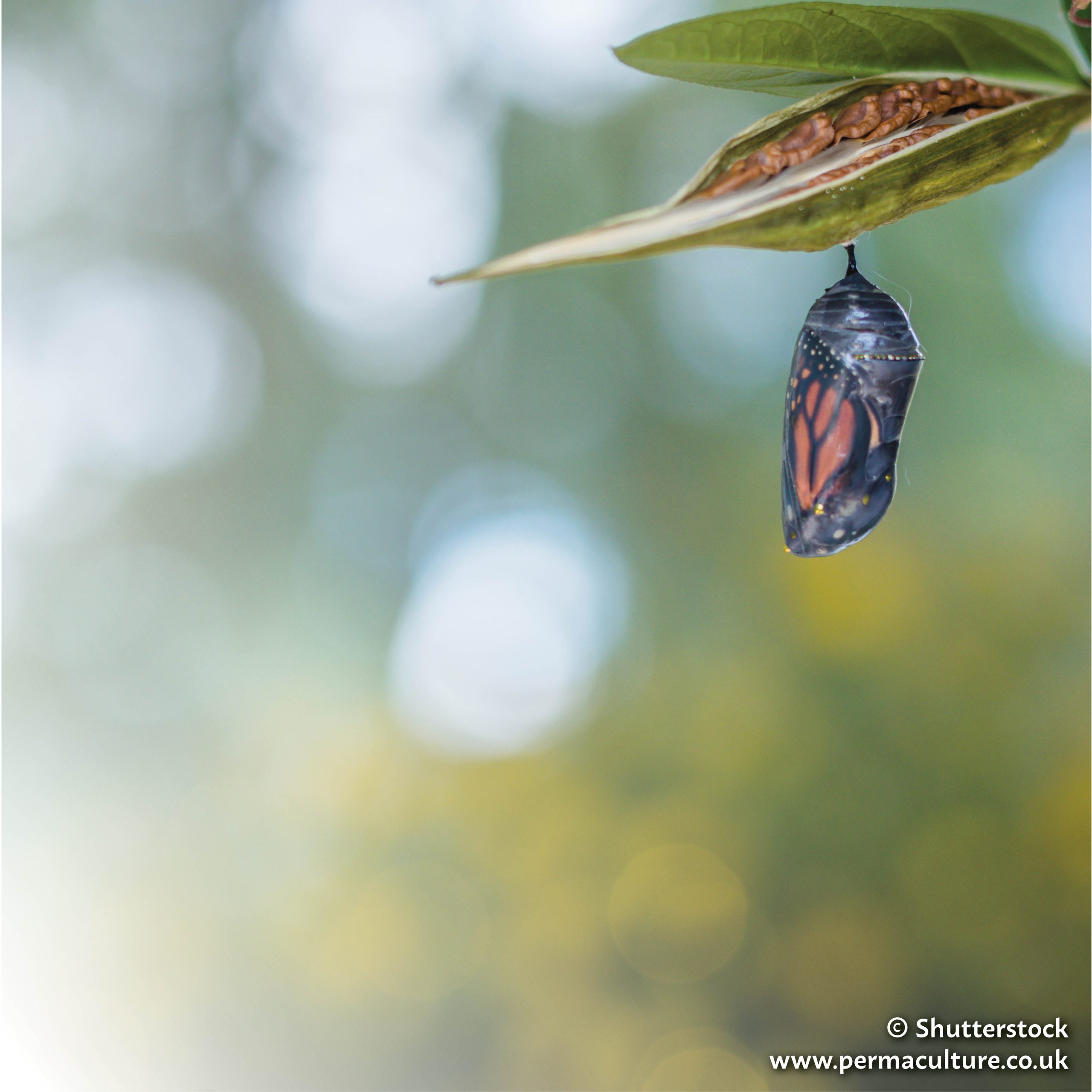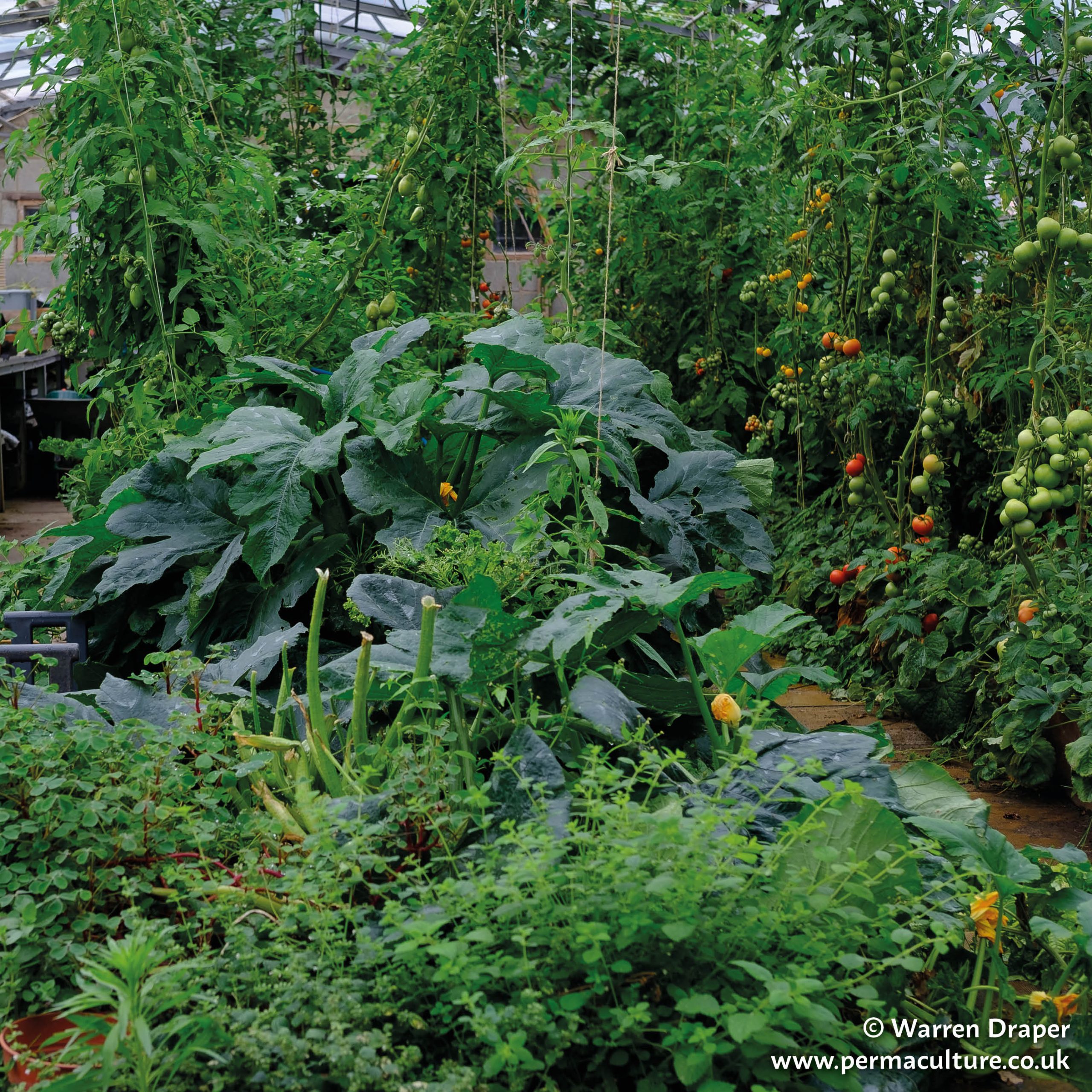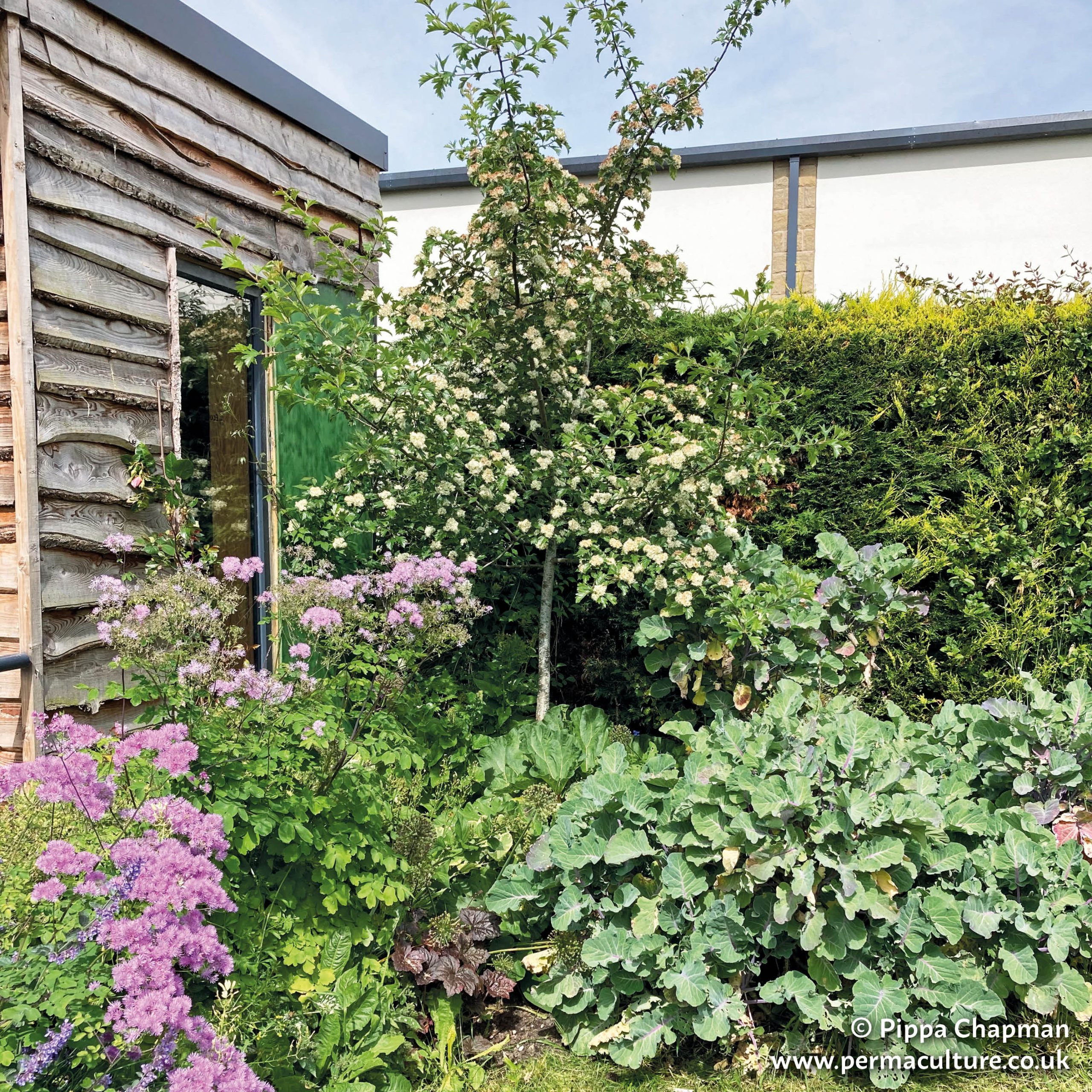Making wine is an ideal way of getting the most out of your harvest and using the bruised and damaged ones. You could make just a 5 litre demi-john. To be honest it’s better to make a big amount to really use a good quantity of apples. The wine you make really can be very good. Your apple variety will affect the taste. The ones I use taste a lot like sauvignon-blanc. This recipe will make 25 litres which is about 30 standard sized bottles.
You will need the following items of equipment:
* A food grade bucket or large bowl that has a lid or you other way to cover for the initial vigorous fermentation.
* A big plastic or metal spoon or paddle to stir with
* Something to strain the wine after the initial fermentation. I use a funnel with integral filter. You can use sieves, muslin or similar.
* A large plastic demijohn for the later fermentation or five plastic or glass demi-johns. The 5 litre square water bottles are good substitutes.
* Airlock(s) to stop bugs and things getting into the demijohn(s) while the fermentation takes place and to allow the carbon dioxide produced to escape. They are plastic or glass and should be filled with cold water through which the gas bubbles but stuff can’t go back the other way. You can substitute a cotton wool plug loosley secured with cling film and an elastic band.
* A wine bottle to hold any excess ferment.
* Some tubing to transfer wine between buckets and demijohns.
* A thermometer
* Bottles and corks or wine bag(s)/box(es) to store and serve your wine
* 15-20kg apples
* 2.5 – 3.0kg sugar
* 500g sultanas washed
* 10 lemons juiced
* Water, see below
* Pectolase enzyme, as individual make instructions (I used 8g) This will help prevent a pectin haze develop in your wine. You don’t have to include it, but you may have trouble getting the wine completely clear.
* Yeast and nutrient, as individual make instructions. (I used 5 tsp nutrient and 1½ tsp yeast.) You can substitute a good heaped teaspoon of marmite, yeast extract or malt syrup dissolved in a mug of hot water for the nutrient.
Everything you use needs to be sterilised – use a proprietary steriliser. There are three main stages to the wine making process. The first stage is about getting the flavour extracted from the apples and the fermentation started. In the second stage you’ll ferment out all the sugar and get the wine to start to clear. In the final stage the wine will finish clearing and will improve with more keeping.
Put the sugar in a saucepan and cover with enough water to dissolve it. Heat, stirring so that the sugar dissolves. Cover and allow to cool to 20oC or below. This could take a while so you could leave overnight.
Wash and cut up the apples, skins, brown patches and all. Put in large bucket and cover with water. Add the pectolase enzyme if you’re using it and stir well. Make sure you keep the apples pressed down under the water with plate and weight. Cover and leave for 8 hours or more, overnight would be good. Then add the sultanas, sugar, juiced lemons, water, yeast and nutrient.
Top up to about 20 litres with clean cold water and stir well. Re-cover the bin with a lid or cloth to keep out dust and bugs. Make sure the cover is not on super tight, if the fermentation really takes off a tight lid might prove exciting. Leave in a warm place, 20-25oC is ideal.
Within 24 hours you should start to see fermentation begin with bubbles of carbon dioxide rising to the surface. At this stage it can become quite frothy. Stir daily for the first 10-14 days using a sterilised spoon or paddle each time. Once the initial vigorous fermentation has slowed after this time, then you can strain the liquid off the apples. Using your filter funnel or substitute filter the ferment from your bucket into clean, sterile demijohn(s). Top the demijohn up to 25 litres (or their shoulders for smaller demijohns) with spare ferment or water and insert your airlock(s). Leave in a warm place again to ferment. You should see bubbles in the ferment and gas escaping through the airlock.
The wine will begin to clear after the next stage of fermentation lessens. You should be able to see sediment falling to the bottom of the demijohn. This is remaining pieces of fruit and dead yeast cells who have completed their job of converting sugar into carbon dioxide and alcohol.
It’s good to periodically take the wine off of this sediment, which is called ‘racking’ the wine. To do this you need another demijohn to put the wine into. Place the full demijohn higher than the empty one. Using a piece of tubing inserted into the full demijohn, suck some of the wine through and let it drop into the lower demijohn. As long as the tube stays in the liquid in the top demijohn, gravity will take the wine down. As you get closer to the sediment at the bottom of the wine (a torch can come in handy here) be careful not to siphon the bits into the clearer wine below. Once you’ve finished racking the sediment off this can go on the compost. Although it’s also quite good used as a gravy flavouring.
If you make in October/November you might do a first rack in January/February and then another in March or April. You need to see how the wine is progressing amd trust your instincts. Eventually, the fermentation will stop completely. You’ll be able to tell because no gas will pass through the airlock and if you taste test the wine there will be no prickle (pétillant) on your tongue. Once this stage is achieved rack the wine again. It could go into demijohns or into your bottles or bags to age. Patience will be rewarded.
Unlike red wine, this white will not improve over a long period, so no need to let it age for years.
Drink, enjoy!
Carl Legge lives on the Llyn Peninsula in Wales on a permaculture smallholding and writes a regular blog full of delicious recipes and more.
More recipes:




